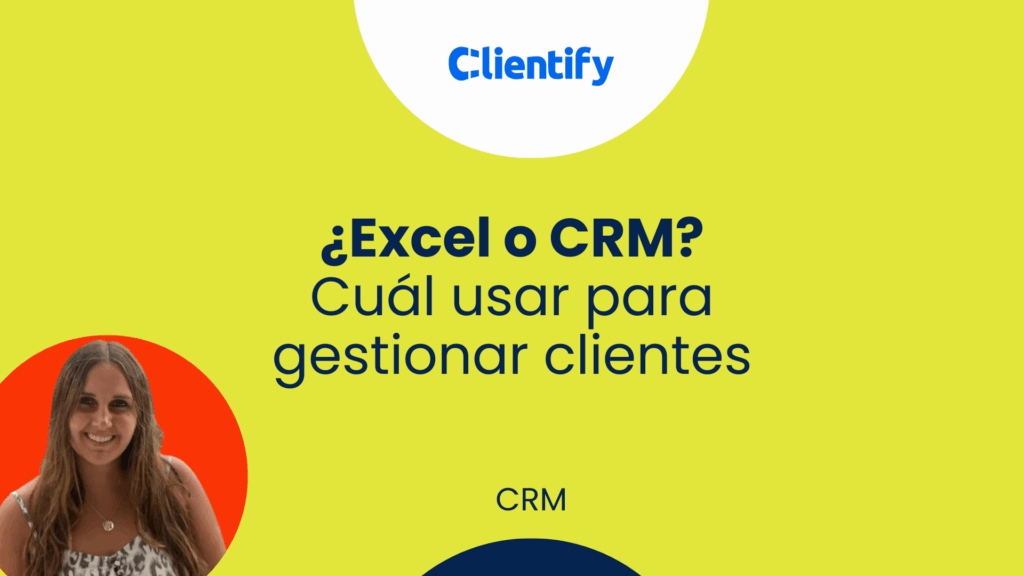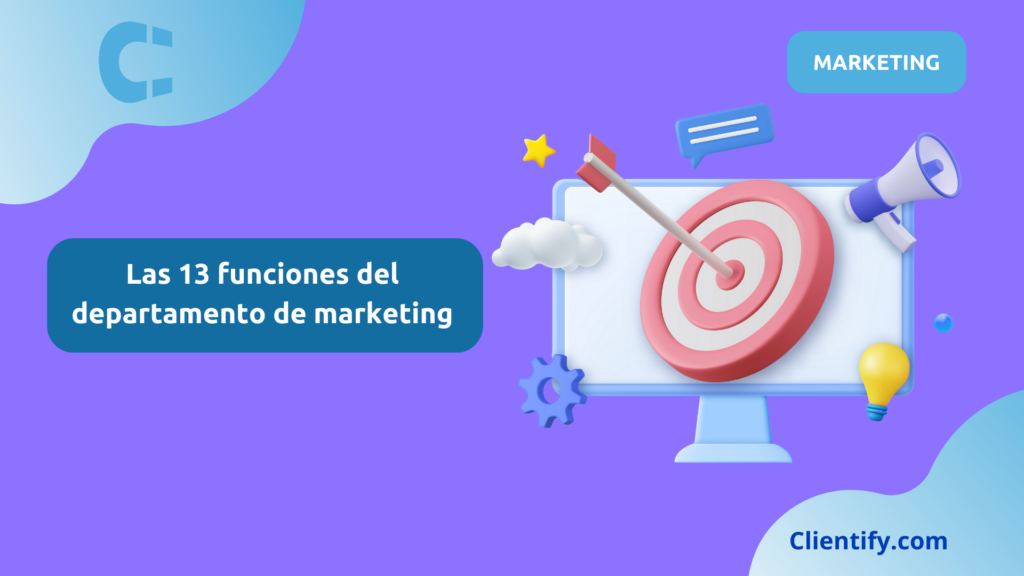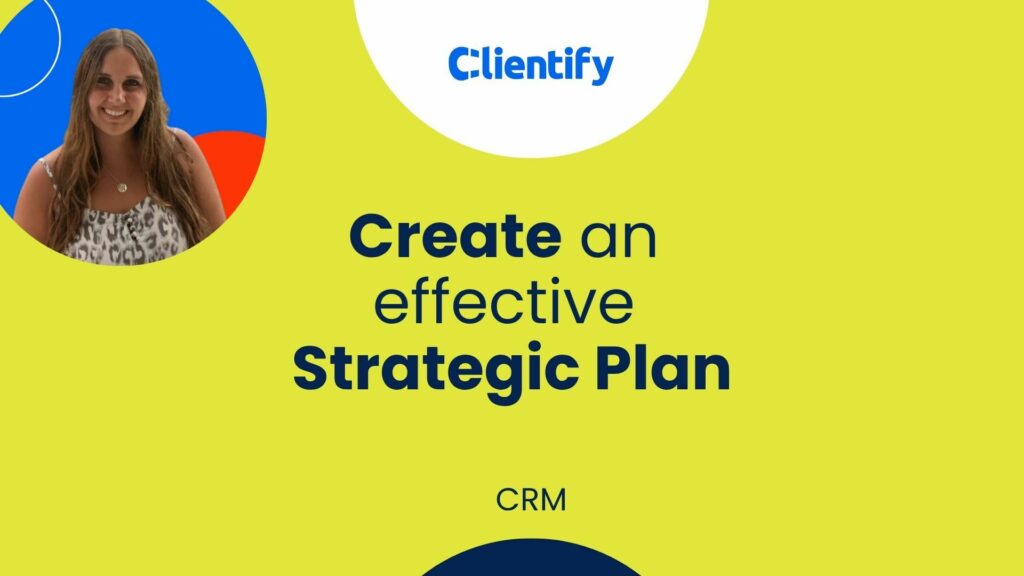When a company starts, the most common thing to do is to organize customers and opportunities in Excel. It’s fast, free and anyone on the team can use it.
But as the business grows, management becomes more complicated: duplicates appear, follow-ups are lost and information ends up scattered.
In this context, the question arises: should you continue with Excel or make the leap to a CRM? Both have pros and cons, and the decision depends on the size of your company, the complexity of your processes and the level of control you want to have over your data.
In this article we will compare Excel vs CRM in a practical way, analyzing in which cases Excel is still useful and when a CRM becomes the best alternative to manage customers in a professional way.
Why do companies manage customers with Excel?
Many companies, especially when they are just starting out, turn to Excel to manage customers and opportunities.
It is a tool you already know, it is available to everyone and does not require investment in additional software.
For small teams it may seem more than enough, but as the business grows, limitations start to emerge that slow down productivity.
Advantages of Excel
Virtually zero cost: it is included in most office packages or can be replaced by Google Sheets at no additional cost.
Low learning curve: anyone can create a table and start registering customers.
Initial flexibility: allows you to design your own column and field structure according to basic needs.
Universal accessibility: both Excel and Sheets are available on almost any computer or cell phone, making it easy to get started without friction.
Limitations as the company grows
Over time, this apparent simplicity becomes a hindrance.
Manual data updates open the door to errors and duplicates, while collaboration between several users leads to version conflicts and loss of information.
As records accumulate, it becomes difficult to locate and follow up on opportunities.
And, above all, Excel does not offer real-time metrics and reporting, which limits the ability to make strategic, data-driven decisions.
What does a CRM offer that Excel can’t?
A CRM, especially for SMEs, goes beyond the spreadsheet because it not only stores information, but also turns it into a live business management system.
While Excel is limited to rows and columns, a CRM centralizes all customer data in one place and allows them to be tracked at every stage of the sales process.
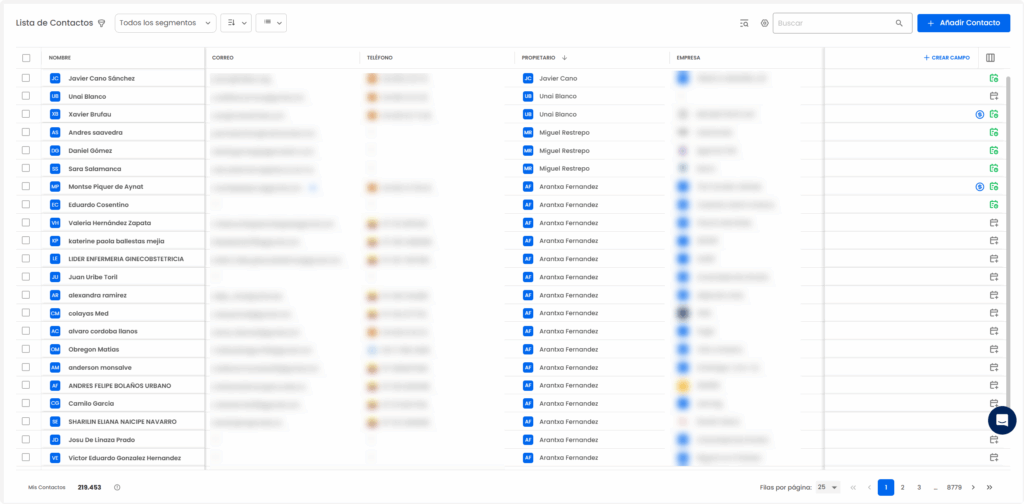
Centralization of information
With a CRM all the information of each contact -emails, calls, notes or quotes- is recorded in a single history.
This avoids scattering data across multiple files and ensures that anyone on the team can quickly access the actual status of a client.
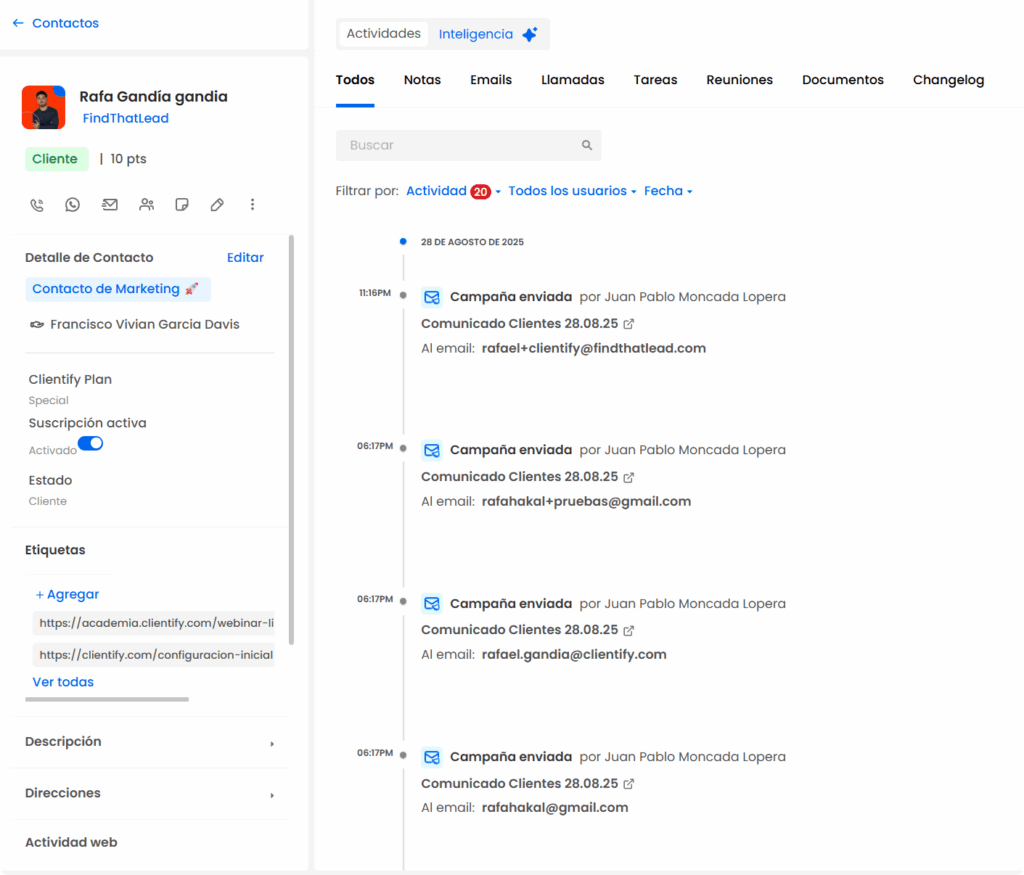
Task automation and tracking
The big leap over Excel is in automation.
Call reminders, mailings, opportunity follow-ups or internal notifications can be scheduled without manual intervention, reducing errors and freeing up time for higher value tasks.

Team collaboration and process control
CRMs are designed to allow several users to work at the same time without problems.
Each salesperson can update their opportunities in real time and managers have complete visibility of the entire pipeline, allowing them to assign tasks and monitor progress without relying on shared sheets.
Real-time reporting and metrics
Another key difference is analytics capability. A CRM offers visual dashboards with sales metrics, conversion rates or revenue forecasts.
This real-time, up-to-date information facilitates quick, data-driven decisions, something that in Excel requires hours of formulas and pivot tables.
Practical comparison: CRM vs Excel
Although Excel can be a good ally in the early stages, a CRM like Clientify offers functionalities that make the difference when customer management becomes more complex. The following comparison summarizes the main differences:
| Criteria | Excel | CRM |
|---|---|---|
| Initial cost | Virtually free of charge | Free for 14 days, from €10.4/month in options for SMEs |
| Ease of use | Intuitive, without prior training | Requires initial adaptation, then more agile |
| Centralization of data | Dispersed files and risk of duplicates | Complete history of each customer in one place |
| Team collaboration | Limited, problems with versions | Real-time multi-user, no conflicts |
| Automation | Not available, all manual | Reminders, emails and automatic tasks |
| Scalability | Becomes unmanageable with many records | Designed to grow with the company |
| Reporting and metrics | Requires formulas and time | Real-time dashboards ready to use |
| Visibility of the sales process | Difficult to follow beyond a list. | Visual pipeline with milestones and revenue forecast |
Cases where Excel still works
It is not always necessary to make the immediate leap to a CRM. In certain situations, Excel is still a valid tool to manage customers in a simple way:
Entrepreneurs just starting out
When it comes to one person or a very small team with few contacts per month, a spreadsheet can be more than enough. It allows you to register names, phone numbers or emails without having to invest time in learning a new platform.
Very small or one-time projects
For temporary campaigns, short lists or short-term projects, Excel offers a quick and uncomplicated solution. In these cases, the flexibility to create custom columns and share the file may be enough to get you out of trouble.
When an excel falls short
Excel is an excellent tool…but it was not designed to manage complex, multi-channel business processes, with multiple people in charge, stages and automations.
For example, in industrial companies, where the sales cycle is long, technical and with different managers, this fragility is even more noticeable:
- You don’t know for sure how many opportunities each salesperson has.
- There are duplicate contacts and outdated data.
- Important follow-ups are forgotten.
- There is no visibility into what happened to each lead after the first contact.
- Reports are built by hand every week, with risk of errors.
- And if someone leaves the team, no one knows what opportunities are left open.
So when you’re working with large catalogs, technical staff, custom quotes and multiple follow-ups per opportunity, you need a much more comprehensive tool.
And that tool is called Clientify.
How to migrate from Excel to CRM without losing data
One of the biggest fears companies have when moving away from Excel is what will happen to the information they already have. The good news is that the process of migrating to a CRM can be simple if done methodically.
Exporting and importing contacts
Most CRMs like Clientify allow you to import files in CSV or Excel format, so you can simply export the existing spreadsheet and upload it to the system.
This ensures that you do not lose your current records and that the transition is quick.
Configure processes and equipment
Once the data is loaded, the next step is to structure the sales pipeline, follow-up steps and recurring tasks.
Here it is key to involve the team so that everyone knows how to record interactions and keep the information up to date.
Basic team training
Although a CRM is intuitive, it requires a period of adaptation.
A short training session is usually sufficient to teach how to create opportunities, record activities and use the main functions.
Thus, the change from Excel to CRM becomes an improvement rather than a barrier.
How does Clientify help you make the leap from excel to a modern business process?
Clientify is an all-in-one communication, sales and marketing platform, with artificial intelligence, designed to centralize your processes in a simple way and for which you don’t need to be an expert or an IT technician when implementing it.
As mentioned above, here are some of Clientify’s features that you can count on when transforming your sales process:
Centralize your entire database of customers and opportunities:
Unlike Excel, which has a large number of columns and rows, Clientify allows you to search in a very simple way for a contact, client or company and centralizes all their information, personal data, conversations, interests, behaviors, purchases, etc. in a single file.
The great thing about Clientify is that it has all the information in the cloud, is updated in real time and is organized by opportunities, contacts, activities, conversations, etc.
Assigns tasks and follow-ups automatically:
Whenever an opportunity is created, you can automatically assign tasks to each team member with dates, reminders and prompts.
This not only saves time, but ensures that every opportunity moves forward with a clear plan and no oversights, so the entire team knows what to do, when to do it and how to do it.
In addition, you have the ability to manually or automatically track the status of each contact, identify bottlenecks and optimize your processes to close more sales in less time.
Keep a visual control of your funnel:
You have a dashboard to see how many opportunities there are in each stage of the funnel, who are the contacts that are in negotiation, what sales amounts you could get and you have the possibility to move the opportunities of stage, manually or automatically.
By having everything organized in one place and with a clear view of the funnel, you can make quicker and more strategic decisions, prioritizing the opportunities that are most likely to close.
In addition, you can automate actions according to the stage of the funnel such as sending emails, assigning tasks or triggering reminders, making your sales process more efficient.

Automate emails, reminders and key communications:
Clientify allows you to automate follow-ups with personalized emails and WhatsApp and assign internal tasks and notifications.
On the other hand, everything is recorded in the contact’s file, so that you and your team have the complete history at hand, saving time and ensuring that you never miss a key call or send a quote again.
Ready-to-use reports:
With Clientify you forget about building reports by hand. This platform generates dashboards automatically, and in real time, so you can see results by salesperson or sales team, conversion percentages and amounts, best-selling products, most effective campaigns and much more.
You have the opportunity to filter by dates, teams or campaigns to analyze performance in detail and detect opportunities for improvement; and having all the information clearly presented helps you make data-driven decisions.
Frequently Asked Questions
Which is better for customer management, Excel or CRM?
It depends on the size of your business. Excel may be sufficient in the early stages, but a CRM offers greater control, tracking and scalability when customers and opportunities start to multiply.
When should I switch from Excel to CRM?
Change is recommended when you start missing opportunities, there are duplicates in your database or your team can no longer collaborate efficiently on a spreadsheet. A CRM avoids these problems and facilitates growth.
The sooner you do it, the better.
Can I use Excel and CRM at the same time?
Yes, in fact many companies do this in the transition period. The ideal is to import the data from Excel into the CRM and, from there, manage everything from one place to avoid errors and duplicates.
What are the immediate advantages of a CRM over Excel?
A CRM centralizes each customer’s information, automates follow-up tasks and offers real-time reporting. This translates into more efficiency and fewer missed opportunities, something Excel cannot guarantee.
How to migrate my Excel data to a CRM like Clientify?
It’s very simple: just export your spreadsheet in CSV format and import it into Clientify. The system recognizes the fields (name, email, phone, etc.) and in a few minutes you have your customer base ready to work in the CRM.
Is a CRM always more expensive than Excel?
Excel may be cheaper in the short term, but a CRM usually has a very affordable cost (from about 10 €/month).
The difference is in the return: with a CRM you gain time, reduce errors and close more sales, which compensates the investment from the first month.
Clientify exists for a reason – to digitize and automate your business processes, help you sell more with less effort, and keep you one step ahead of the competition.
Sign up for our free 14-day trial and start transforming the way you manage your sales, leads and opportunities.

